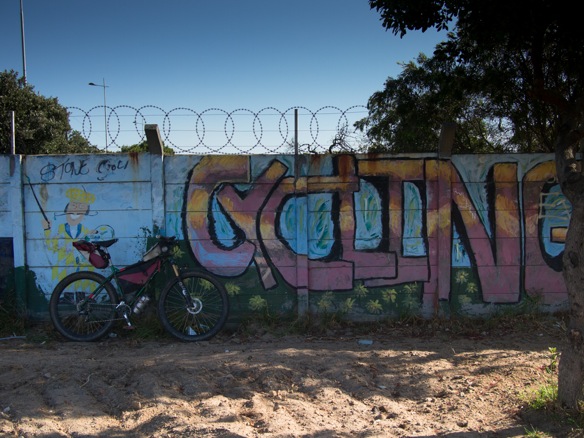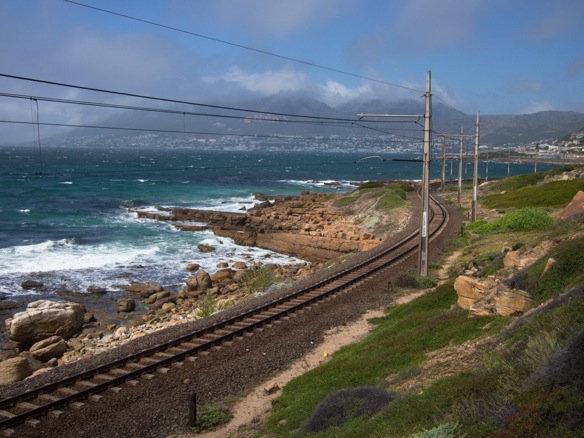
This is another composite route, heavily guided by the Dragon’s Spine Route through Mpumalanga and Limpopo, with the exception of the section through the Wolksberg Wilderness. The route from Messina to Joburg is our own.
Nelspruit- Alkmaar- Mount Carmel Pass- Long Tom’s Pass- Blyderivier- Pilgrim’s Rest- Kaspersnek Pass- Ohrigstad- Burgersfort- Bothashoek- Makuba- Dublin- Kappa- Modifa- Wolksberg Wilderness- Haenertsburg- Houtbosdorp- Mooketsi- Blinkwater- Letaba Dam- Thohoyandou- Gundani- Klein Tshipise- Popallin Ranch- Limpopo River- Messina (border town to Zimbabwe)- Mopane- Waterpoort- Vivo- Senwabarwana- Monte Christo- Rebone- Marken- Visgat- Vaalwater- Alma- Sandrivierspoort- Rooiberg- Leeupoort- Assen- Brits- Hartbeespoort Dam- Pretoria- Centurion- Johannesburg
Dropping from elevation into Barberton and Nelspuit, in the northeastern Lowveld region of South Africa, the air is hot and humid. We’ve tasted this air since first passing within range of the Indian Ocean, leaving the high mountains of Lesotho, but the experience is thickening by degrees and percent humidity each time we enter the lowlands, each time a degree of latitude further north to the equator. Mangos are plentiful, such that we can hardly consume them as fast as we find them or are given bagfuls. Bananas are sold by the roadside, but we do not see the trees. Macadamia nuts are the new choice crop of white farmers, formerly citrus, avocado, or banana farmers, or urban professionals. On a clear day it is hot. On a hazy humid day it is hotter. At night, inside two layers of tent (one for the bugs, the other for the heavy dew), millimeters from the sunbaked earth, stuck to a plastic sleeping pad without clothing, it is hottest. There are a few nights where we don’t fall asleep until very late at night, already morning.
The night before Christmas, tired from several long days of riding and too much sun, we awake before 5AM. The night was too hot, the sunrise reveals the too hot sun. But by the time we are rolling on the bikes, the breeze matches the rate of perspiration and the atmosphere is bearable and until midday I forget that I am tired. In the shade, if you aren’t moving for long enough, it is possible to stop sweating. Just don’t lift a finger.
Day after day of sleepless nights and too hot days and wondering if anti-malarial Mefliam pills are making me hallucinate or if it is just the mirage and a tired brain, the challenge of a brief period of washboard on the sandy road alongside the Limpopo River is too much. That feeling of riding full-speed into a rumblestrip of sandy washboard with sweat dripping from my nose, to be slowed to a speed in which every corrugation becomes an obstacle, bucking up and down– that is the moment. I wait in the glittering shade of a thorn tree, agreeing to swarms of micro malarial mosquitoes in trade for some respite from the sun. Most of my body is content with the sun, including my arms and shoulders, but our noses have taken a beating. Lael arrives. Almost without saying anything, there is agreement. “I don’t think that I can do this for the next six months”, I say. If we continue riding at our current pace, we’ll follow the vertical noon sun north, past the equator and all the way to Ethiopia and Sudan. This is not the season for that trajectory. “I don’t want to do this for the next six months.”
We were planning to cross the border to Zimbabwe tomorrow. Within six hours, having arrived in the border town of Messina, we’ve bought cheap plane tickets to Cairo. In less than three weeks we fly from Johannesburg back through Doha to Cairo. Our focus is on Israel, Turkey and Georgia, but there is more to it including Egypt, Armenia, and Lebanon. Georgia has been the goal for the last two seasons. There is much to be excited about.
Planning to cross into Zimbabwe soon, I prepare the bikes for several months of travel while in Nelspruit. I service both suspension forks, replace consumable drivetrain parts on my bike, source a spare tire, brake pads, and a cable. Lael‘s secondhand Rock Shox Reba fork came to us with her Raleigh XXIX back in 2012, part of a mostly complete bicycle sourced for $400. The fork has been serviced four times, seals replaced once, and it has almost always been neglected on the road. It still functions, and the stanchions show only slight wear, indicated by the subtle lightening of the gold colored finish.

It is a challenge to find suspension oil, even in a larger city like Nelspruit. After asking around for a while, a friendly mechanic at the local BMW dealership gives me half a bottle of 10W oil. The Reba technically calls for 15W, my Fox requires 10W.

Sadly, as I’d been warned, the stanchion on the air-spring side of my Fox Talas fork is greatly worn. This is surely the result of contamination the many muddy situations we’ve found in the last six months. Officially, negligence is to blame as Fox recommends the fork oil is replaced every 30 hours. It has been well over 500 hours, I think.
The fork never felt as supple as I would have liked, even when new. I assumed tight-fitting fresh seals were to blame. I should have serviced it when new, and several times since. Yet, Lael’s fork has been similarly neglected four times over. I might be looking at a Rock Shox fork next time around. A rigid bike is again a consideration, especially with the widening range of 29+ rims and tires.

Leaving our hosts in Nelspruit, we shoot out of town after a full day of bike repairs, yellow fever shots, and preparations for crossing the border. We spent three days with Warmshowers.org hosts in Nelspruit, and when we ask for a place to camp near the end of our first day from town, we are again invited inside for dinner and breakfast. We’ve come to rely on South African hospitality. Thanks to Vim and Estra in Nelspruit, as well as Edie and Roy on the road to Long Tom’s Pass.

The meeting of commercial timberlands and the Escarpment gives us some of the most memorable rides in South Africa.

Citrus and avocados abound.
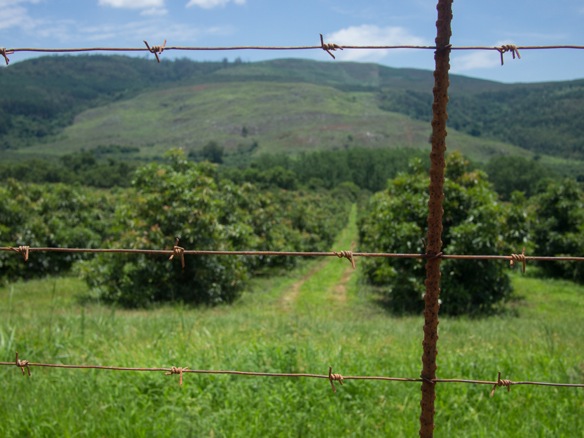
And timber.
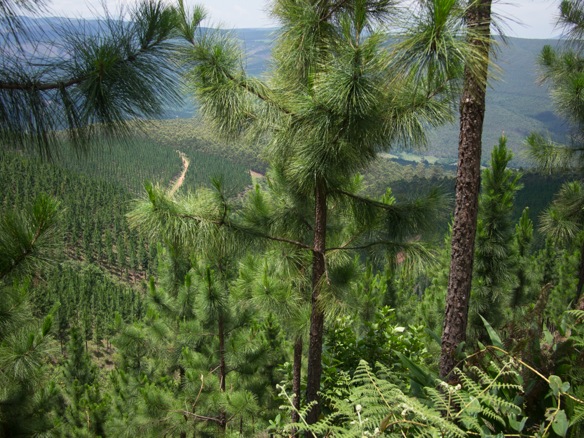

Connecting to pavement, we round out the day’s ride by climbing Long Tom’s Pass, up near 7000ft. Cool and breezy up here. There is a brewery at the top of the pass called Hop’s Hollow, worth a brief visit. Storm coming in. The Dragon’s Spine route leaps away from the tar road onto a disused doubletrack, which connects to well used forest roads by morning.




Riding high above the town of Sabie, we spend most of the morning wondering if we should descend 3000ft+ to taste the famous pancakes in town. Sabie is also known as a popular mountain bike destination.

This and the edge of the Drakensberg Mountains between South Africa and Lesotho are some of the most clearly defined section of the Great Escarpment. Small waterfalls drop from the Highveld to the Lowveld.

Clear cut.

Forest service roads are one of few resources in South Africa to get off the beaten path on a bike without crossing fences.

Beautiful and plentiful dirt roads.

Colorful shacks near the old mine at Pilgrim’s Rest, still inhabited.

Leaving Pilgrim’s Rest, we ride north on a roundabout path to Ohrigstad over Kaspersnek Pass.

Surprise, a terrestial crab.


Thanks to recent rains…

…the bush is thriving.

Back to the RR, an old friend by now.

South Africans love the disc brakes.
“Where from? Where to? How long?”
“From Cape? Seriouz!?”

Seriouz. And we’re off. It’s the same in America. Everyone is impressed, but nobody cares. That’s fine.

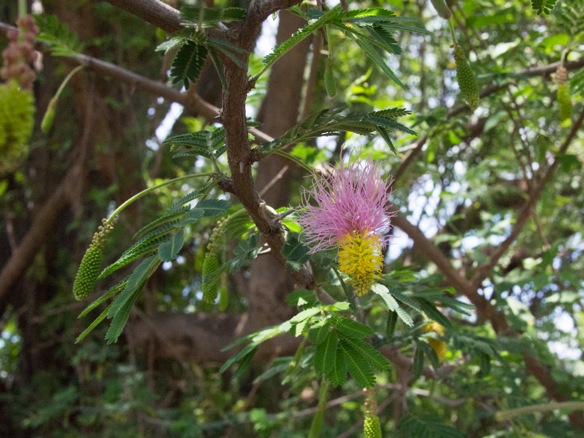
We blast thorough one town after another enjoying the open roads and the approach to Zimbabwe.

The map doesn’t really indicate that we’re entering a former black area, except that a lot of small towns with unfamiliar names are shown. I’m not sure how it was administered during Apartheid, but there are thousands and thousands of black families living in villages along the road we’ve chosen. The road diminishes in quality, eventually the kind of thoroughfare which naturally widens as each vehicle tries to avoid the rocks and potholes and frozen ruts in the center. Most small towns in South Africa don’t even build sidewalks to connect the sub-urban black townships to the historically white towns. Shame.

South Africans of all kinds love margarine.

Coca-Cola for the whole family, offered at a special price with a loaf of white bread and a can of Lucky Star Pilchards, a popular canned fish product in tomato sauce.

We’re happy to know that maas is always available, as it has become our daily breakfast. This is the most common brand in the country, produced by Danone. It is consistently chunky and not too funky. Most of the local brands feature variable textures and flavors, depending upon how much the cultures have developed. Some have a definite sour cream flavor. Most are more like yogurt.

Nothing goes with pilchards, maas and Coca-Cola like the ANC (and pap), the most powerful political party in the country since the 1994 elections, currently blamed for mishandling the government. Yet, “the people” vote for the ANC every year, winning more than 60% of the vote. Eventually, the party will fragment. The Democratic Alliance, Economic Freedom Fighters, and Congress of the People are gaining steam. Competition is good.
If you haven’t heard, president Jacob Zuma has spent millions of dollars on his personal estate in KwaZulu-Natal. This is as far as we get with most political discussions. Surely, it is abominable, but the claim that everyone and everything is corrupt has lost value to me in the last six months, from Ukraine to Albania and South Africa. It is often an excuse as much as an explanation.

Into Dublin, South Africa. We stray from the Dragon’s Spine route to explore a 4×4 track spotted on my Tracks4Africa maps.


The track makes a connection through the Wolksberg Wilderness. It promises to be a 4×4 road, a designation that sits between “gravel” and “path” on my basemaps, leaving lots of room for variety.

It turns out to be a true 4×4 track, abandoned due to washed out bridges, reclaimed by occasional cattle traffic and the odd hiker.

The twenty mile route begins with ten miles of flat singledoubletrack and many warm water stream crossings.


The only bridge still intact.


Eventually, it climbs 2000ft+, requiring a push up to elevation on the loose track.

The views are worth it, and the chance to be up at elevation is exciting. A cool night would be nice.


Except we descend most of that elevation before dark. We camp next to an abandoned house in the Wolksberg Wlderness, once a ranger’s residence or similar. This place is one of few wide open spaces in South Africa, without people or fences.

In the morning, we pass through Haenertsburg and load up with supplies for Christmas Day, not that we’ll need them, but we don’t know this at the time. We encounter boundless hospitality and lots of shops open for business on Christmas Day. Read more about it in the post “A Limpopo Christmas“.




I buy 6 vetkoeks, she offers two for free as she is packing up her stuff, stuffing a total of 8 into a plastic sack. I hand her two more rand, because it isn’t a lot of money. She finds that to be hilarious.

People trails.

Post-Christmas at the Shoprite.

The spoils of a climate and a season with nights to hot to sleep. Mango fibers are stuck between my teeth for days, riding from mango tree to mango tree.

Descending for the last time, the Limpopo River is in the distance. Zimbabwe is just beyond the river.

Uphill, a seemingly sisyphean task. But that’s what dung beetles do, they roll shit uphill.

Baobab.

Along the Limpopo River, we decide that we simply cannot spend the next months of our lives in the tropics. We gotta get out of here. Joburg is about 500 miles south by dirt.
By sunset the next day, we have two plane tickets to Cairo. The cart is momentarily in front of the horse, but we’ll catch up.


We start back towards Joburg along the RR line.

A group of woman are harvesting mopane worms, the caterpillar of a common moth in the region.

A stick forces the guts out, like toothpaste from a tube.



We stop into the shop in the small RR town of Mopane, named for the tree, for which the caterpillars are also named. The shop is housed in the old RR station which still serves a once or twice a week passenger line. The shop, managed by an older couple who have lived most of their lives in rural South Africa, preserves the building and a valuable community resource.

Classic rural South Africana.



They live in one of the old RR houses adjacent to the station.

We just wandered in for a cold beer near the end of the day, but the result is many hours of conversation, dinner, a bed for the night, and coffee in the morning. And the chance to be a part of the community for a time. If riding near Messina, stop through Mopane, just 20 miles southwest of town. This couple has adopted a boy– nine year ago– who is now thirteen and would have loved to see our bicycles, they say. Sadly, he is at home with his extended family for the school holiday.

We find ourselves picking lines on the map again, passing miles and miles of game farms, which mean miles and miles of fencelines and bush.
Those are some big tracks.

In typical South African fashion, we are invited to stay with a family on holiday, who are residing for the week within a game park.

In the morning, some tame zebras are eating hay by the side of the house.

Thunderstorm avoidance. Open on Saterde from 8:30-14:00.

Hartbeespoort Dam near Brits. It is all tar from here to Pretoria.

But there is a healthy slice of singletrack en route to Johannesburg, by way of the Braamfontein Spruit Trail (nice video here).

We’ve ridden in every province in South Africa, except the North Cape, but including the embedded countries of Swaziland and Lesotho. We’re already talking about coming back someday, possibly with fatbikes, to visit the North Cape, Namibia, Botswana, and Zimbabwe. For now, the chapter is closed. That’s three months in South Africa. Three months ago, I didn’t know anything about South Africa.

Thanks to David Bristow and Steve Thomas for compiling the Dragon’s Spine Route, and for publishing GPS tracks on the Dragon Trax website. The route connects the southwestern city of Cape Town to the border of Zimbabwe in the north, through Lesotho, and is a treasure for anyone interested in adventure cycling and South Africa. This is the definitive off-pavement touring route across South Africa.























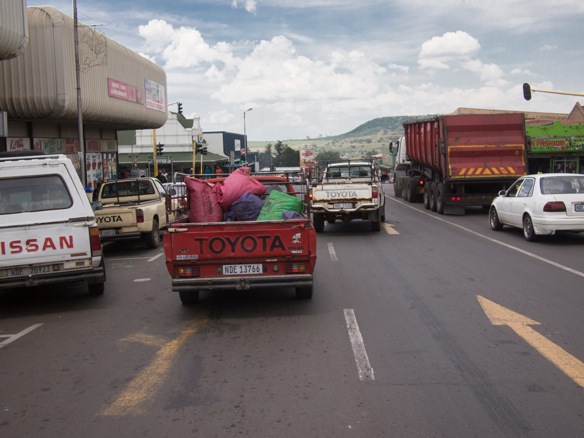











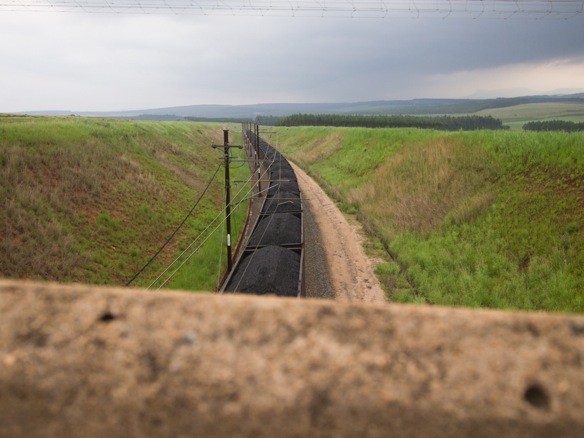


































































































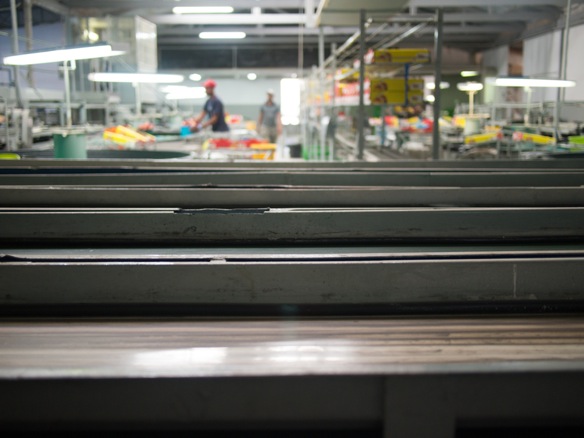





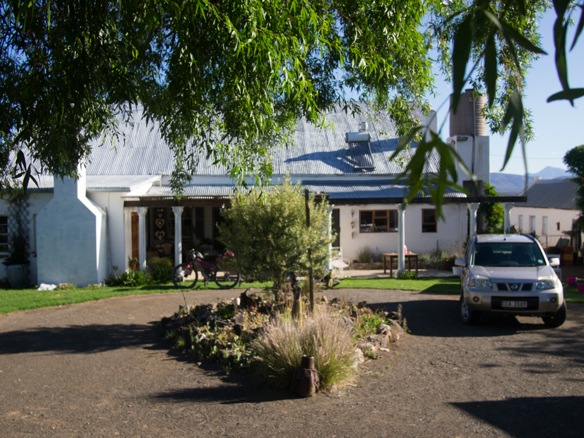




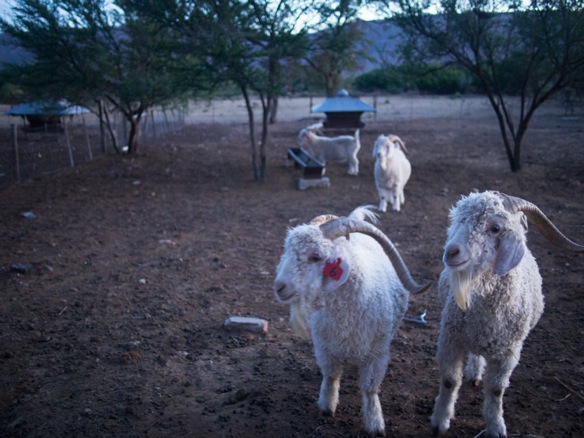





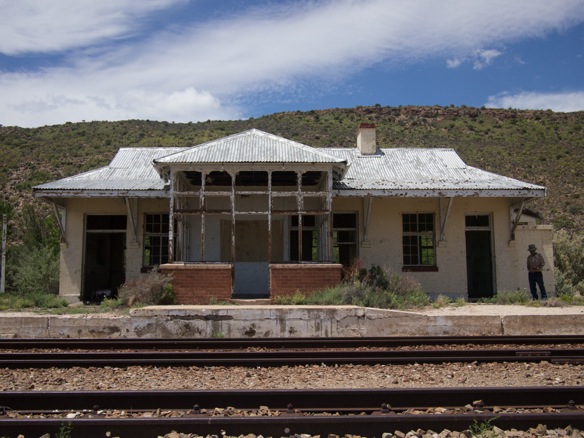


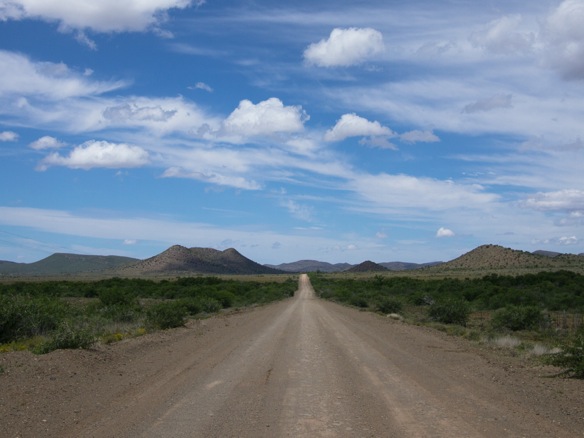













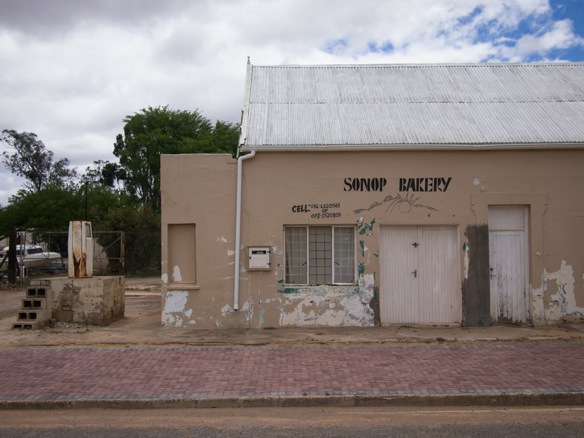












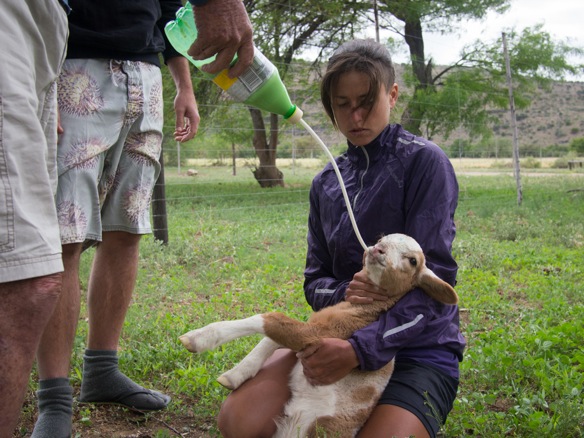




















































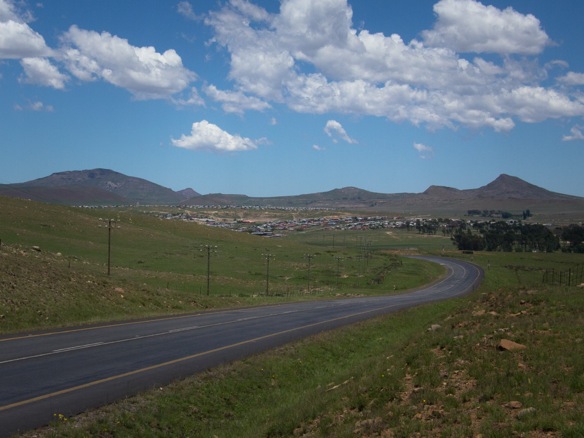










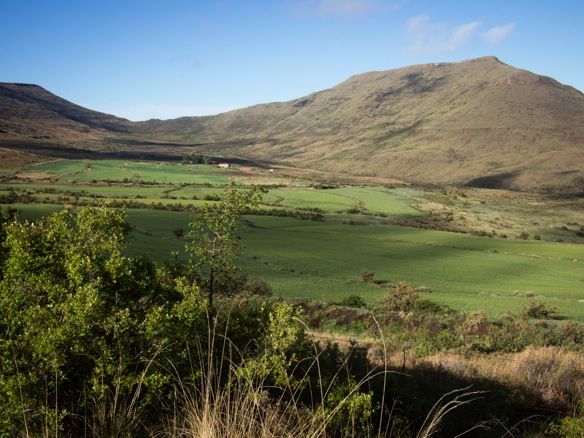



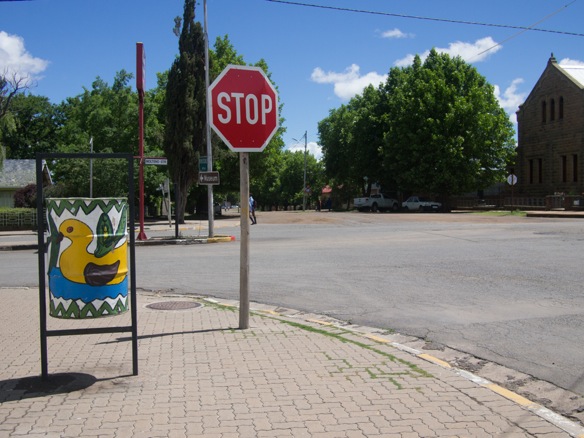
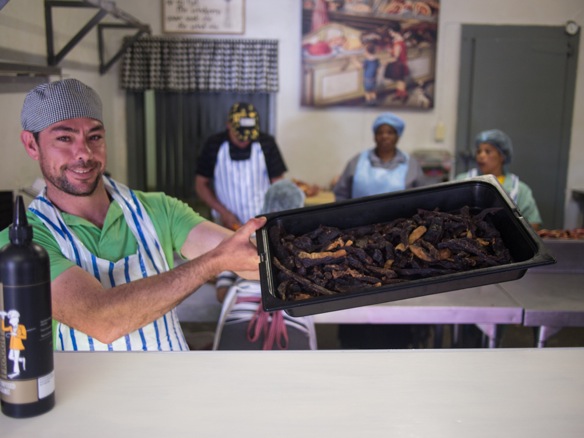











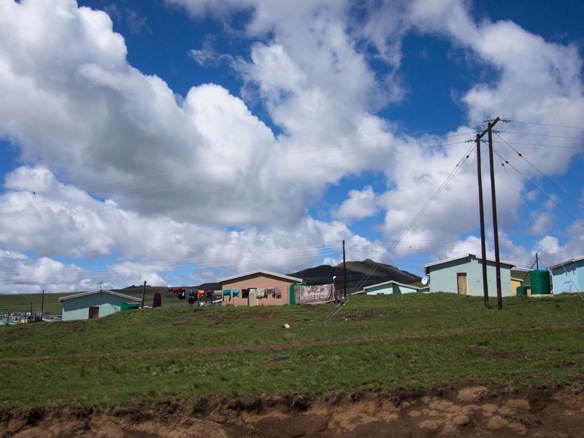





































































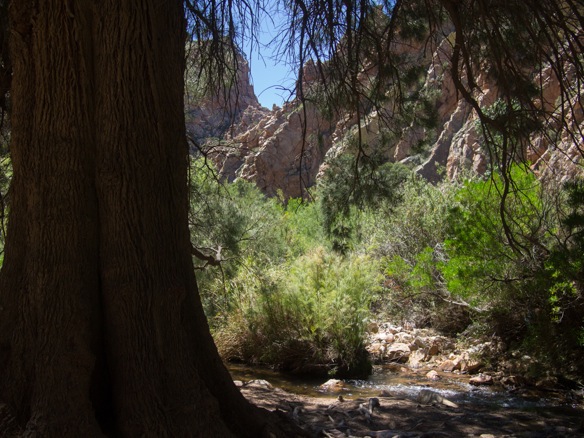






































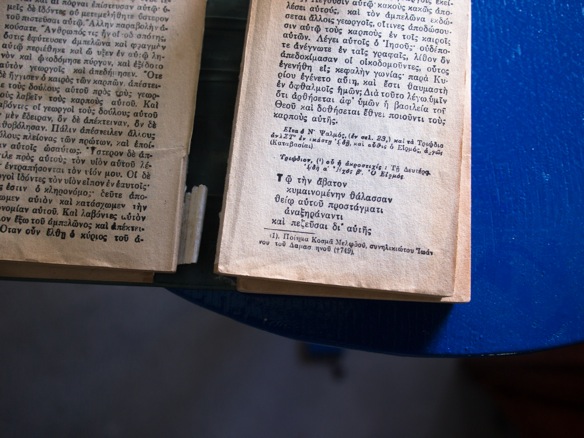




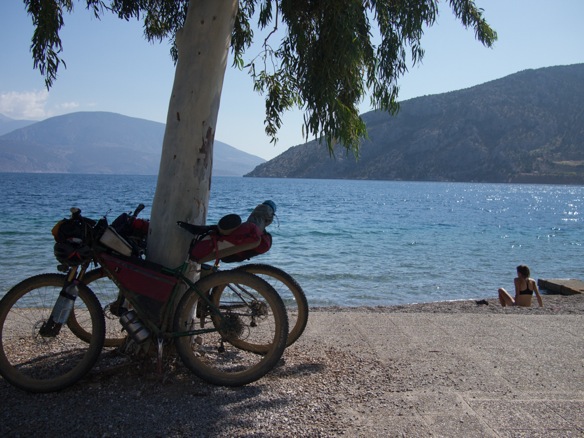
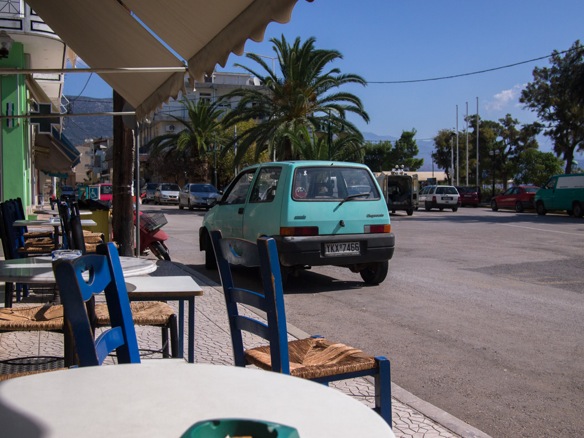

 ‘
‘





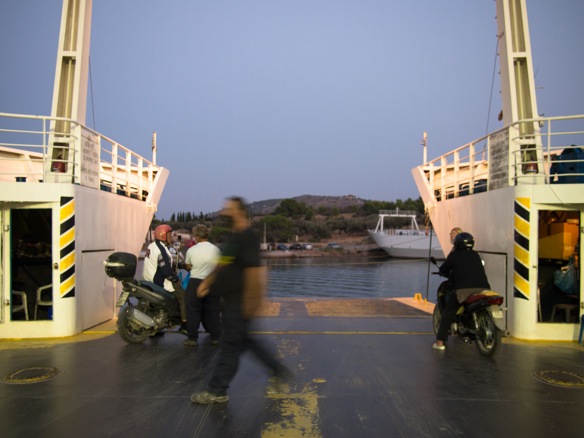








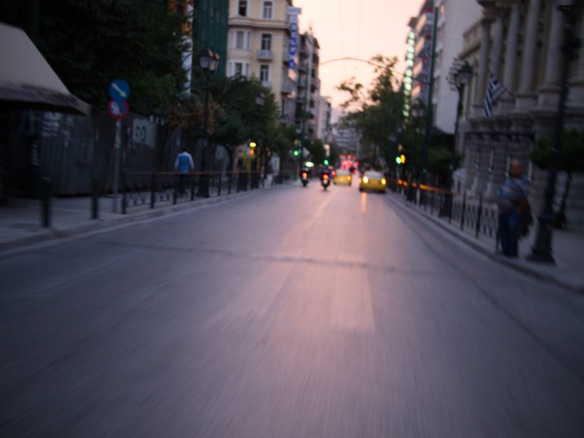




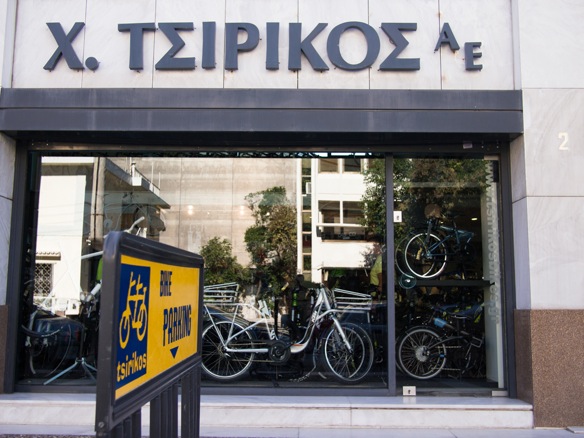







 \
\


